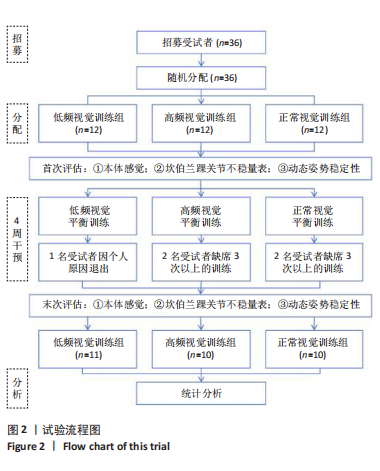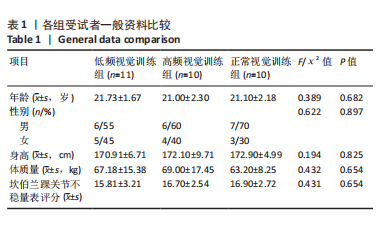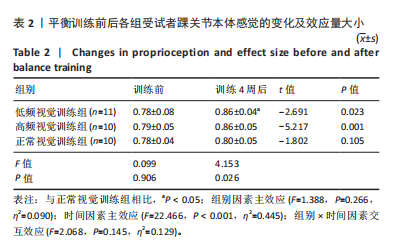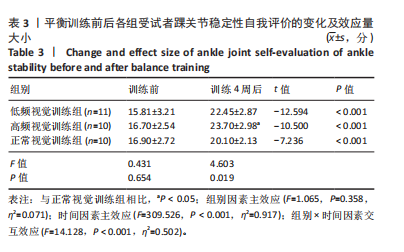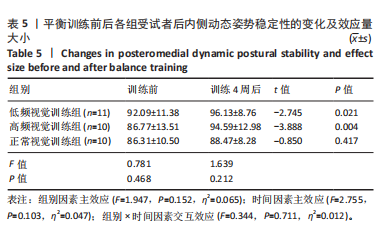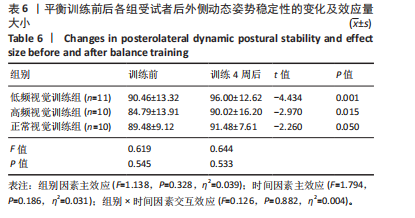[1] GRIBBLE PA, BLEAKLEY CM, CAULFIELD BM, et al. Evidence review for the 2016 International Ankle Consortium consensus statement on the prevalence, impact and long-term consequences of lateral ankle sprains. Br J Sports Med. 2016;50(24):1496-1505.
[2] MIKLOVIC TM, DONOVAN L, PROTZUK OA, et al. Acute lateral ankle sprain to chronic ankle instability: a pathway of dysfunction. Phys Sportsmed. 2018;46(1):116-122.
[3] LIN CI, HOUTENBOS S, LU YH, et al. The epidemiology of chronic ankle instability with perceived ankle instability- a systematic review. J Foot Ankle Res. 2021;14(1):41.
[4] GOLDITZ T, STEIB S, PFEIFER K, et al. Functional ankle instability as a risk factor for osteoarthritis: using T2-mapping to analyze early cartilage degeneration in the ankle joint of young athletes. Osteoarthritis Cartilage. 2014;22(10):1377-1385.
[5] PROSKE U, GANDEVIA SC. The proprioceptive senses: their roles in signaling body shape, body position and movement, and muscle force. Physiol Rev. 2012;92(4):1651-1697.
[6] 吴一晗,魏乔叶,庞宇,等.功能性踝关节不稳本体感觉特征的Meta分析[J].中国组织工程研究,2023,27(18):2943-2952.
[7] FREEMAN MA. Instability of the foot after injuries to the lateral ligament of the ankle. J Bone Joint Surg Br. 1965;47(4):669-677.
[8] KIM KM, KIM JS, GROOMS DR. Stroboscopic vision to induce sensory reweighting during postural control. J Sport Rehabil. 2017;26(5). doi: 10.1123/jsr.2017-0035.
[9] SONG K, BURCAL CJ, HERTEL J, et al. Increased visual use in chronic ankle instability: a meta-analysis. Med Sci Sports Exerc. 2016;48(10): 2046-2056.
[10] RIEMANN BL, LEPHART SM. The sensorimotor system, part I: the physiologic basis of functional joint stability. J Athl Train. 2002;37(1): 71-79.
[11] ASHTON-MILLER JA, WOJTYS EM, HUSTON LJ, et al. Can proprioception really be improved by exercises? Knee Surg Sports Traumatol Arthrosc. 2001;9(3): 128.
[12] PETERKA RJ. Sensorimotor integration in human postural control. J Neurophysiol. 2002;88(3):1097-1118.
[13] RODRÍGUEZ-SANZ D, GARCÍA-SÁNCHEZ A, BECERRO-DE-BENGOA-VALLEJO R, et al. Eyes-open versus eyes-closed somatosensory motor balance in professional soccer players with chronic ankle instability: a case-control study. Orthop J Sports Med. 2021;9(3): 2325967120983606.
[14] LEE H, HAN S, SON SJ, et al. Disrupted vision impairs force steadiness and accuracy in chronic ankle instability patients. J Orthop Res. 2023; 41(8):1729-1737.
[15] VANDEMARK LH, VANDER VEGT CB, FORD CB, et al. Progressive visual occlusion and postural control responses in individuals with and without chronic ankle instability. J Sport Rehabil. 2021;30(8):1115-1120.
[16] PAILLARD T. Relationship between sport expertise and postural skills. Front Psychol. 2019;10:1428.
[17] GROOMS D, APPELBAUM G, ONATE J. Neuroplasticity following anterior cruciate ligament injury: a framework for visual-motor training approaches in rehabilitation. J Orthop Sports Phys Ther. 2015; 45(5):381-393.
[18] KIM KM, ESTUDILLO-MARTÍNEZ MD, CASTELLOTE-CABALLERO Y, et al. Short-term effects of balance training with stroboscopic vision for patients with chronic ankle instability: a single-blinded randomized controlled trial. Int J Environ Res Public Health. 2021;18(10):5364.
[19] LEE H, HAN S, PAGE G, et al. Effects of balance training with stroboscopic glasses on postural control in chronic ankle instability patients. Scand J Med Sci Sports. 2022;32(3):576-587.
[20] GRIBBLE PA, DELAHUNT E, BLEAKLEY C, et al. Selection criteria for patients with chronic ankle instability in controlled research: a position statement of the International Ankle Consortium. Br J Sports Med. 2014;48(13):1014-1018.
[21] MCKEON PO, INGERSOLL CD, KERRIGAN DC, et al. Balance training improves function and postural control in those with chronic ankle instability. Med Sci Sports Exerc. 2008;40(10):1810-1819.
[22] HAN J, YANG Z, ADAMS R, et al. Ankle inversion proprioception measured during landing in individuals with and without chronic ankle instability. J Sci Med Sport. 2021;24(7):665-669.
[23] YU R, YANG Z, WITCHALLS J, et al. Kinesiology tape length and ankle inversion proprioception at step-down landing in individuals with chronic ankle instability. J Sci Med Sport. 2021;24(9):894-899.
[24] GRIBBLE PA, HERTEL J, PLISKY P. Using the Star Excursion Balance Test to assess dynamic postural-control deficits and outcomes in lower extremity injury: a literature and systematic review. J Athl Train. 2012; 47(3):339-357.
[25] ONOFREI RR, AMARICAI E, PETROMAN R, et al. Relative and absolute within-session reliability of the modified Star Excursion Balance Test in healthy elite athletes. PeerJ. 2019;7:e6999.
[26] WITCHALLS J, WADDINGTON G, BLANCH P, et al. Ankle instability effects on joint position sense when stepping across the active movement extent discrimination apparatus. J Athl Train. 2012;47(6):627-634.
[27] WRIGHT CJ, LINENS SW, CAIN MS. Establishing the minimal clinical important difference and minimal detectable change for the Cumberland Ankle Instability Tool. Arch Phys Med Rehabil. 2017;98(9): 1806-1811.
[28] CLARK JF, ELLIS JK, BENCH J, et al. High-performance vision training improves batting statistics for University of Cincinnati baseball players. PloS one. 2012;7(1): e29109.
[29] UZLAŞIR S, ÖZDIRAZ KY, DAĞ O, et al. The effects of stroboscopic balance training on cortical activities in athletes with chronic ankle instability. Phys Ther Sport. 2021;50: 50-58.
[30] HÜLSDÜNKER T, GUNASEKARA N, MIERAU A. Short-and Long-Term Stroboscopic Training Effects on Visuomotor Performance in Elite Youth Sports. Part 2: Brain–Behavior Mechanisms. Med Sci Sports Exerc. 2021;53(5): 973-985. |
